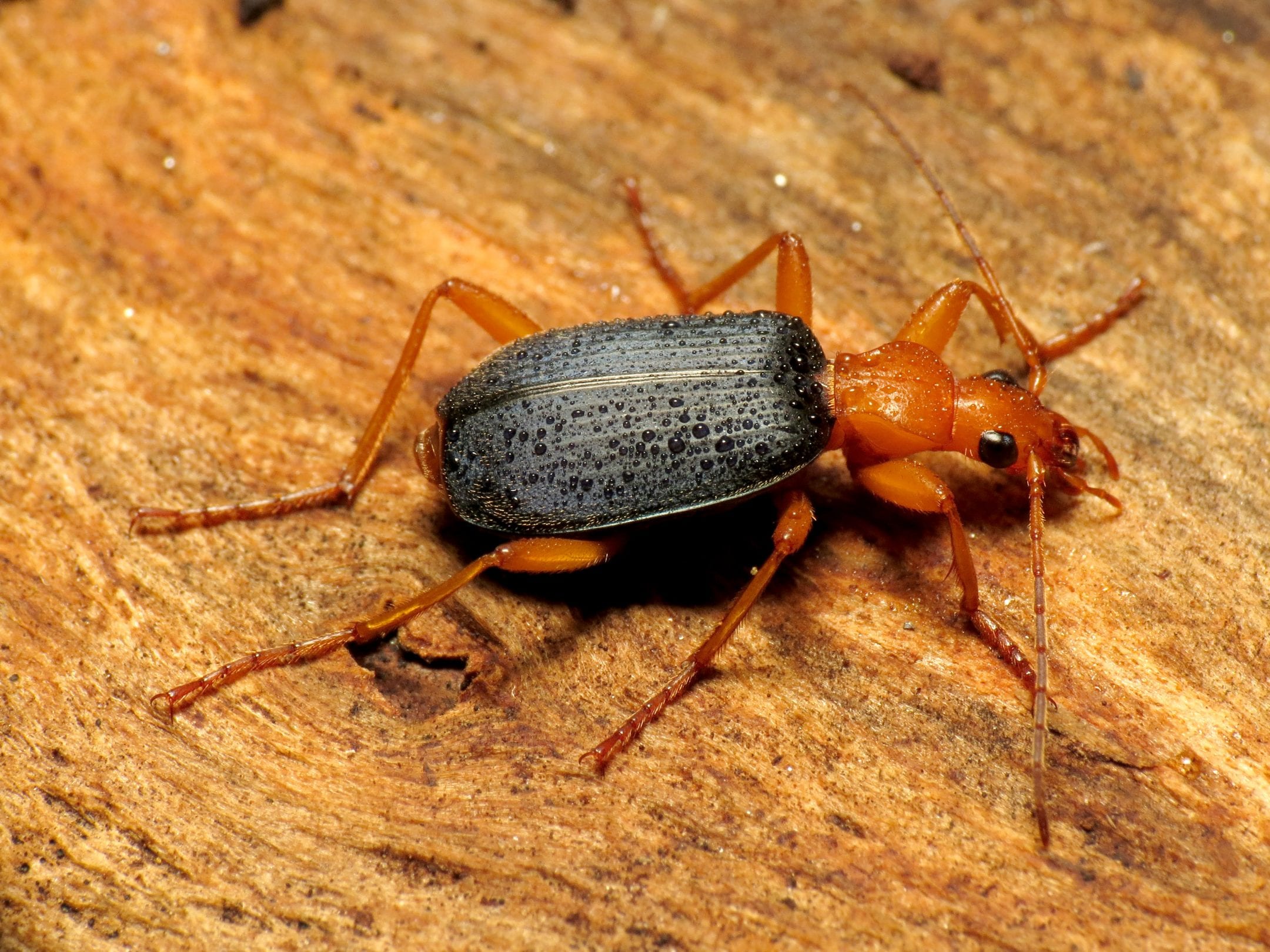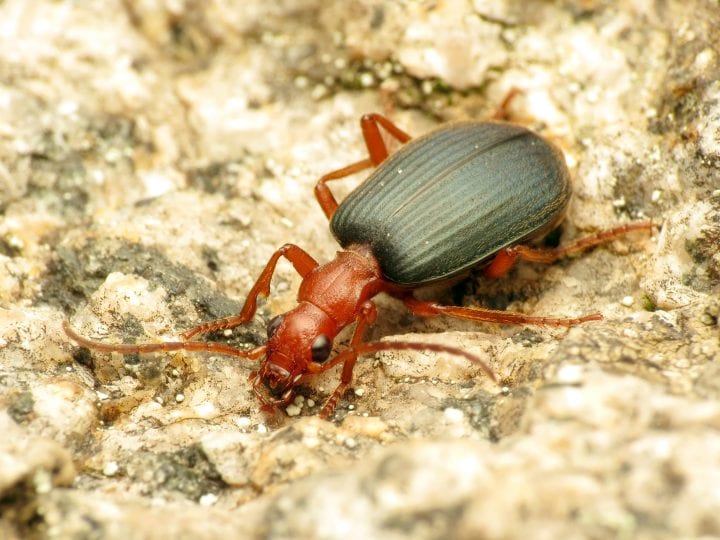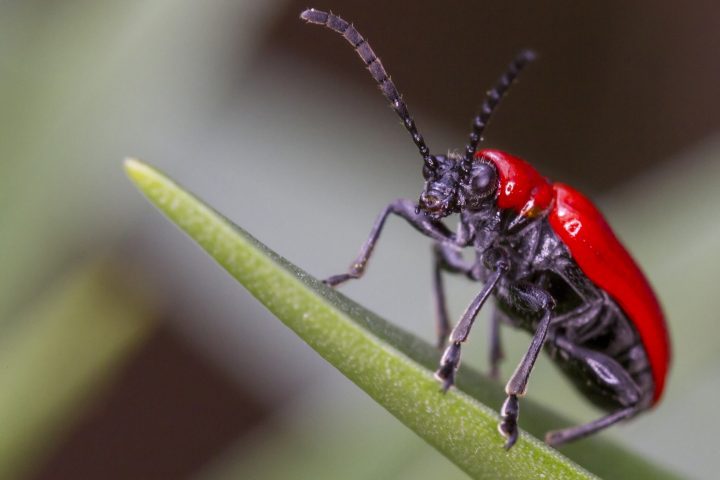Injector from Lund University uses a novel spray design to reduce diesel pollution without losing engine efficiency.
Benefits
- Reduced pollution
- Increased efficiency
- Reduced maintenance
Applications
- Aviation
- Automobiles
- Engines
UN Sustainable Development Goals Addressed
-

Goal 3: Good Health & Wellbeing
-

Goal 11: Sustainable Cities & Communities
The Challenge
Diesel engines are one of the leading contributors to nitrogen oxide (NOx) pollution, which poses a danger to human health. Current methods of removing harmful NOx from the exhaust decreases the engine efficiency.
Innovation Details
Traditional methods to reduce NOx in diesel engine emissions use Selective Catalytic Reduction (SCR). SCR injects urea through a special into the exhaust stream of a diesel engine. This creates a chemical reaction that converts the NOx to nitrogen, water and CO2, which is then expelled through the vehicle tailpipe. The novel injector was inspired by the natural spray phenomenon of the bombardier beetle. It operates by increasing the temperature of the urea to its saturated vapor pressure. An electromagnetically controlled outlet valve opens and exposes the heated fluid to lower pressure conditions. This change in pressure results in a hot, effervescent spray of fine droplets, less than 20 micrometers in size, at speeds of 60 m/s (134 miles per hour) into the SCR. This process has been shown to be more efficient at converting NOx to nitrogen and water than traditional methods.
Biological Model
Bombardier beetles rapidly eject a scalding liquid to protect themselves against predators. They have a heart‑shaped, long, narrow ejection tube that functions as a combustion chamber. Within the chamber, hydroquinone and hydrogen peroxide are mixed together, accelerated by catalysts which also heat up the liquid.





